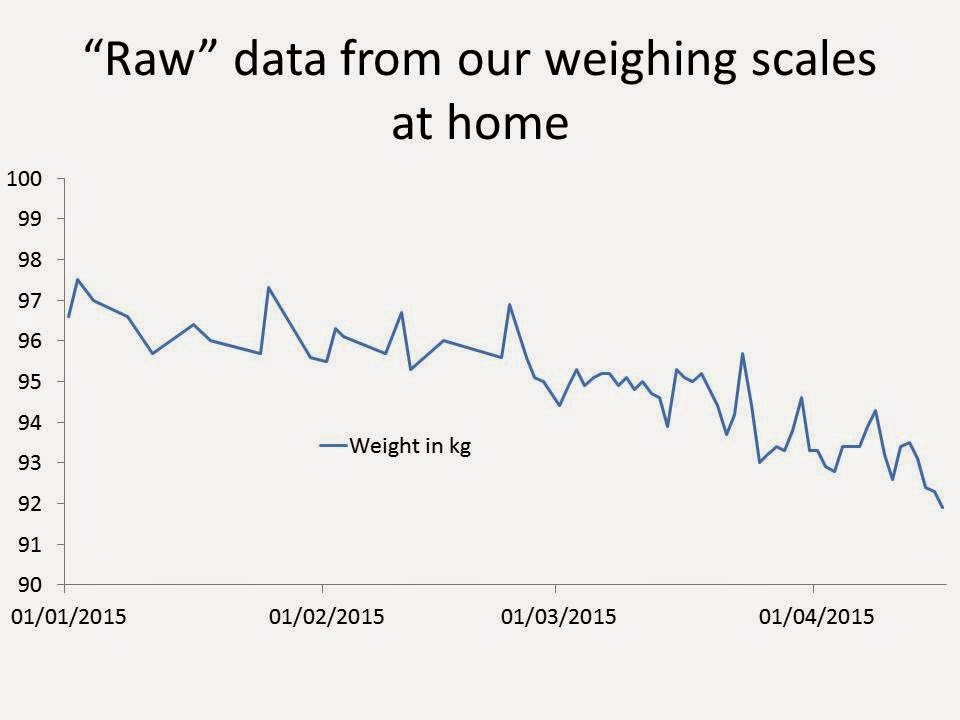This is going to be a short post, because I haven't actually made any huge changes to my diet.
I have, however, been trying to "eat sensibly", so my doughnut count is down from about one a week to about one a month. My muffin count is down from about 3 or 4 a week to about one a week.
I haven't taken sugar in my tea for at least 10 years, so change there!
And I still love cheese and onion sandwiches, but I probably eat a couple less a week than before.
But then again, maybe not.
I still seem to buy a LOT of cheese!
The only thing I have added is sometimes I eat a can of chickpeas, and if I am hungry I mix in a can of garden peas too.
I've been eating peas by the canfull for many years, and it is a phase that comes and goes.
I guess I was in a "low pea" phase before, but now I am not!
I guess I only eat about a can or two a week more than before.
The chickpeas I eat a lot more often, though - at least 3 or 4 cans a week, while before this year I was only eating one or two cans every six months.
So, to put it in simple terms, my biggest dietary changes have been less doughnuts and cakes, and more cans of chickpeas!
So I guess I have had a modest calorie intake reduction to support my increased exercise pattern, and the two of then together are what have contributed to my losing about 10 lbs (4.5 kg) slowly over the last 4 months.
I have, however, been trying to "eat sensibly", so my doughnut count is down from about one a week to about one a month. My muffin count is down from about 3 or 4 a week to about one a week.
I haven't taken sugar in my tea for at least 10 years, so change there!
And I still love cheese and onion sandwiches, but I probably eat a couple less a week than before.
But then again, maybe not.
I still seem to buy a LOT of cheese!
The only thing I have added is sometimes I eat a can of chickpeas, and if I am hungry I mix in a can of garden peas too.
I've been eating peas by the canfull for many years, and it is a phase that comes and goes.
I guess I was in a "low pea" phase before, but now I am not!
I guess I only eat about a can or two a week more than before.
The chickpeas I eat a lot more often, though - at least 3 or 4 cans a week, while before this year I was only eating one or two cans every six months.
So, to put it in simple terms, my biggest dietary changes have been less doughnuts and cakes, and more cans of chickpeas!
So I guess I have had a modest calorie intake reduction to support my increased exercise pattern, and the two of then together are what have contributed to my losing about 10 lbs (4.5 kg) slowly over the last 4 months.




